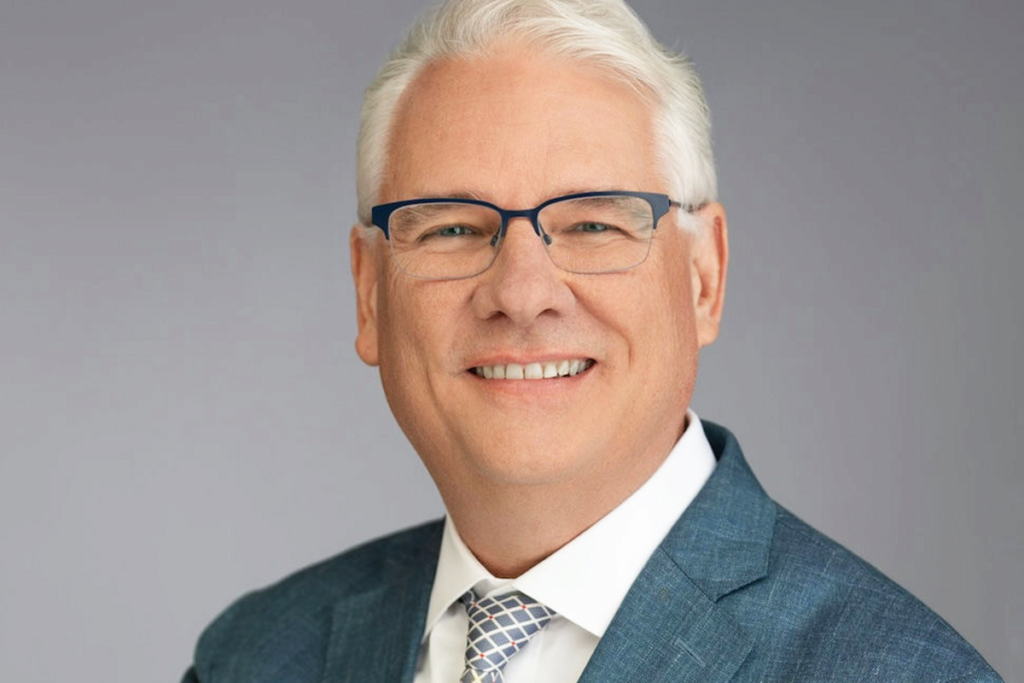Asleep in the Mouse House with Graham Diering
Memories from Diering’s life trace the rising star’s scientific path from raising lizards as a child and later exploring home brewing to heading a lab that investigates memory, sleep disturbances and early development in animals with autism-linked mutations.
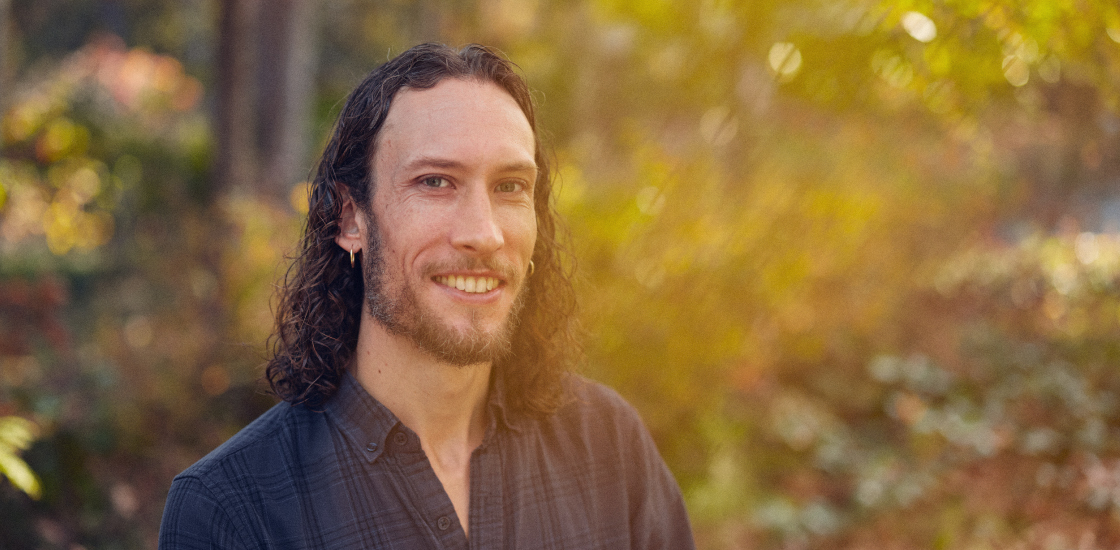
G
raham Diering is happy to pontificate on sleep and memory. He will tell you sleep is conserved across the animal kingdom, but its importance is underappreciated. He will tell you our brains use sleep to consolidate memories from throughout the day, tuning the connections between neurons to crystallize what we learned while awake. Diering, assistant professor of cell biology and physiology at the University of North Carolina at Chapel Hill, will also tell you that sleep supports brain development throughout the lifespan. And he will tell you that in our synapses, memories from years ago live right alongside memories from yesterday.I
Diering, age 8, bowed his head at the foot of a lizard’s shallow grave in his family’s backyard garden. At the top of the plot stood a tombstone made of popsicle sticks. Three years prior, Diering’s family had moved from South Africa to Vancouver, Canada, to the northern part of the city, where it rises into the mountains. Their house was surrounded by woods filled with the tall fir, cedar and maple trees that thrive in Vancouver’s temperate rainforest. Diering often spent his free time there, catching frogs and snakes — cooler-climate animals that were unlike the wildlife he’d seen in his old home half a world away.
But what he was really interested in was lizards. Several neighborhood pet stores, each about 10 minutes from his house, sold a vast array of them. He frequented these shops throughout his childhood, often enough that one proprietor even allowed Diering to return an overly aggressive tegu that bit off the tail of its cagemate, a snow swift lizard.
To keep his dependents alive, Diering dove into the literature. He read everything the local library had on lizards. Two terrariums in his bedroom housed multiple species; each enclosure mimicked a particular ecosystem: anoles in the jungle terrarium, the snow swift and a horned toad in the desert one. He constructed a Lego maze and tried, unsuccessfully, to coax some of his lizards through it. He foraged dandelions and other wild greens for his herbivores, bought mealworms and crickets for his insectivores. At feeding time, he watched through the glass as his pets ate; when he went to bed, the crickets that had survived mealtime sang him to sleep.
The difficult part was that the lizards weren’t around for long. Sometimes they died in a matter of years, and once, shockingly, a brand-new Mediterranean gecko escaped his grasp the first time he took it out of the terrarium. It pattered up the wall, disappeared and was never recovered.
But this particular ceremony, this backyard grave, was for a Carolina anole lizard. It had spent most of its life in a terrarium in Diering’s room, and he had occasionally carried it around the house, gently cradled in his hands.
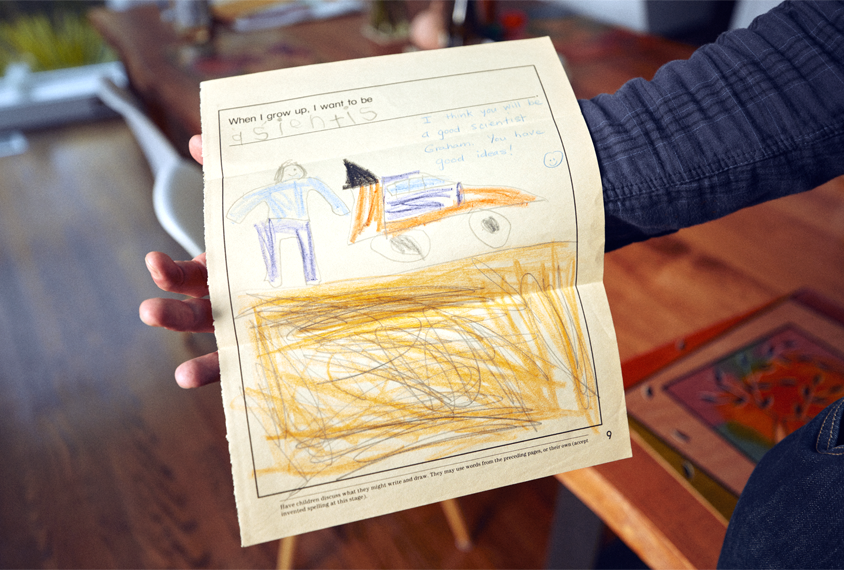
Diering’s parents stood at his side. This was not the first reptilian graveside service they had attended, nor would it be the last. At times it could seem a bit much, his mother thought — every time a reptile died, Diering had big feelings. Well, he said he wanted to own a pet store one day, so it was best they encouraged him. And they did, going so far as bringing him to an iguana owners group meeting to learn how to care for Taz, a desert iguana that rode on the boy’s shoulder. They saw he had a way with animals, and that Lego maze almost seemed like real science.
Diering placed the body in the freshly turned soil. He unfolded a piece of paper; he had written a eulogy for the occasion. His parents stood in polite silence while he read.
II
Graham Diering, hanging out in his parents’ basement his first year at the University of British Columbia (UBC), his hand on top of a beer refrigerator. The biochemical pathway of yeast glycolysis, the process through which yeasts break down sugars into alcohol, was written out on the side of the fridge. His interests had grown beyond lizards to include chemistry and physics. He had enrolled at UBC to study physics, actually, but quickly realized that was not his strong suit. Now it was biology, and learning how chemistry gives rise to the biomolecules of life: DNA, proteins, cellular membranes.
Around the same time, he had taken up brewing beer. He had found a mentor in brew master Dan Small, the owner of Dan’s Homebrewing Supplies, a little hole-in-the-wall place out by the poultry processing plant. With Small’s help, and using what he was learning about cell biology, Diering spent his free time considering the molecular alchemy that transforms hops and water into something more exciting. At first, Diering had wanted to brew unique beer, concoctions no one had tasted before. He fooled around with almonds, basil and spices. But after a few kegs, he realized these odd-tasting beers were tiresome to drink. Small was a purist and preferred to help people make good beer rather than gimmicky beer. He helped redirect Diering, until Diering was walking in the footsteps of ancient brewers who didn’t use instruments to measure pH or temperature or water mineral contents. Their method had survived thousands of years because it worked. Trust in it, Small said, and it will deliver every time.
Before long, Diering wasn’t measuring pH or mineral levels either. The budding scientist wanted to keep his hobby fun, so he favored intuition. He checked his beer by smelling it, by tasting it. If he wanted to know the temperature, he dipped in a finger.
To share his wealth, Diering had built this little fridge, with a tap coming out of the door. Graham Diering, the homebrewer. Later in college, he would move out of his parents’ house and into an apartment, and he would take the fridge with him, placing it prominently in the living room. Even the pharaohs of Egypt didn’t have beer on tap in their houses, he would tell friends over a cold one.
At times, the brewing felt bigger than beer. He was transforming raw ingredients into beer through fermentation, yes, but this was also biochemistry in action. He was applying the concepts he was learning in his classes to his hobby, and his hobby was deepening his interest in the science. Mulling over the ways biomolecules form the building blocks of life had opened a door in his mind.
III
Graham Diering sat down in a genetics class for one of the first lectures, his third year at UBC. Sarah Cohen took the seat next to him. She was great at the math — he noticed that right away. She was also diligent and dorky, checking the math on even an offhand comment from their professor about the frequency of palindromes in genetic codes.
Diering, however, was struggling. On the midterm exam, he pulled a C. He took the result bravely and did not seem jealous that Cohen had aced her exam. She liked that. They started to study together, and that helped; he crushed the final, replacing his midterm score and earning himself an A+ for the course. It was the first one he’d gotten in college.
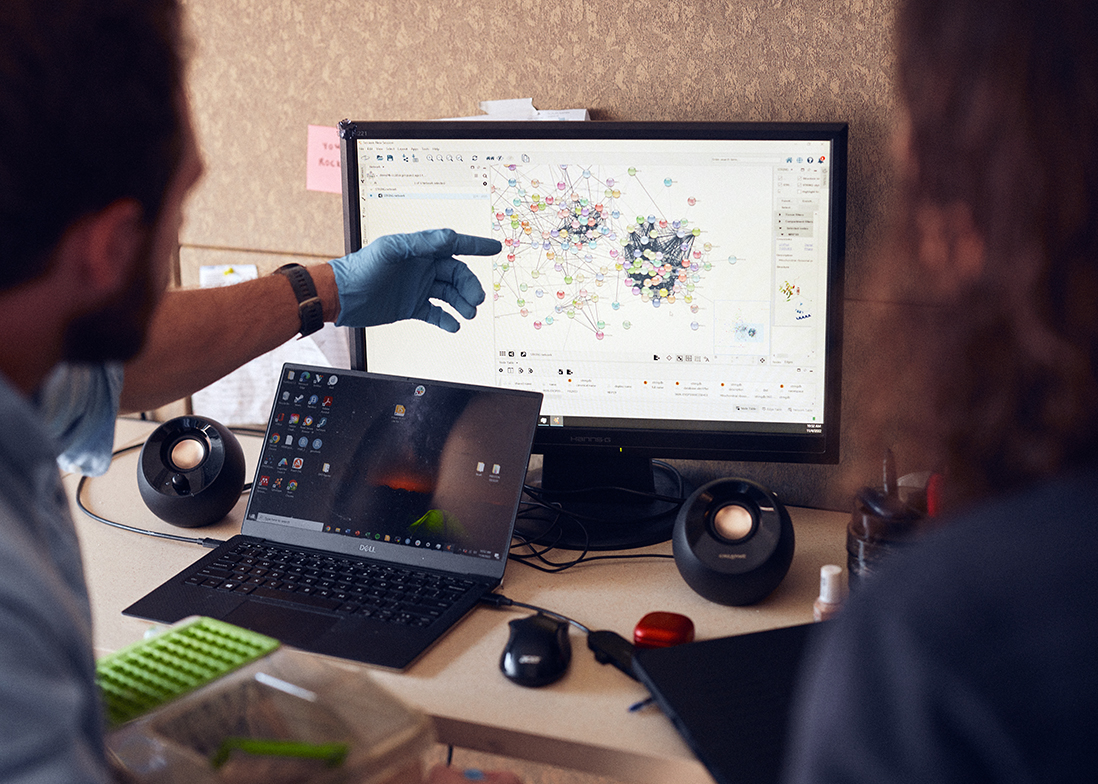
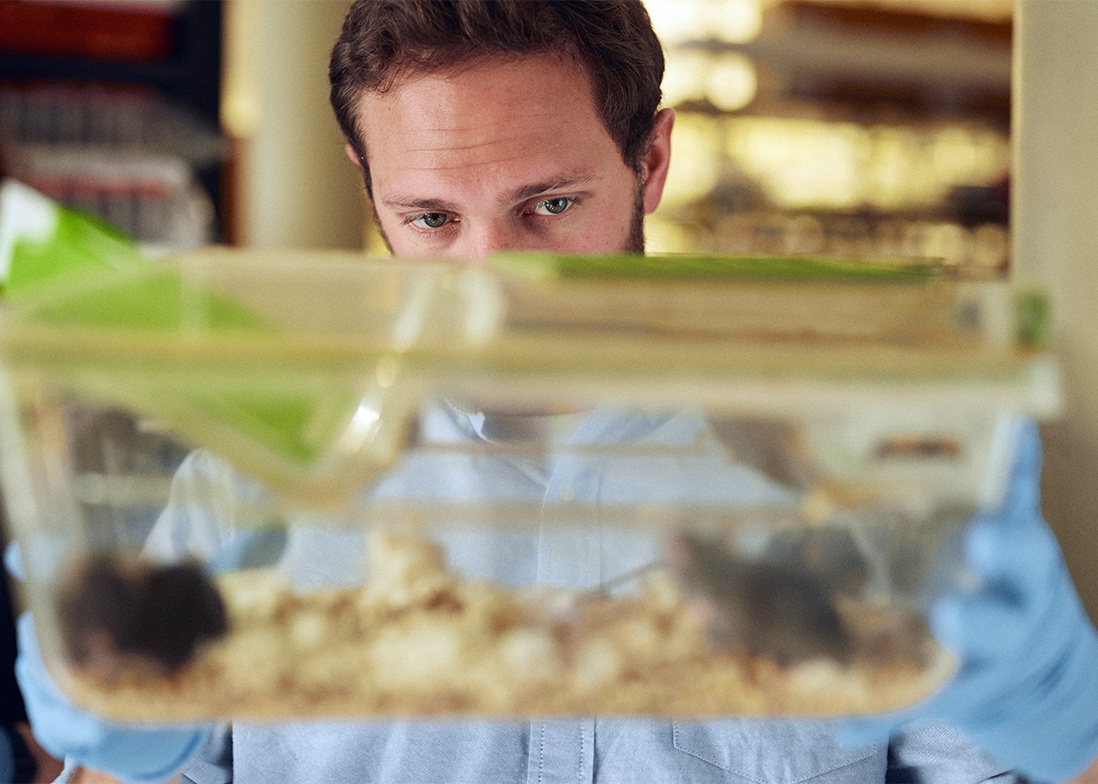
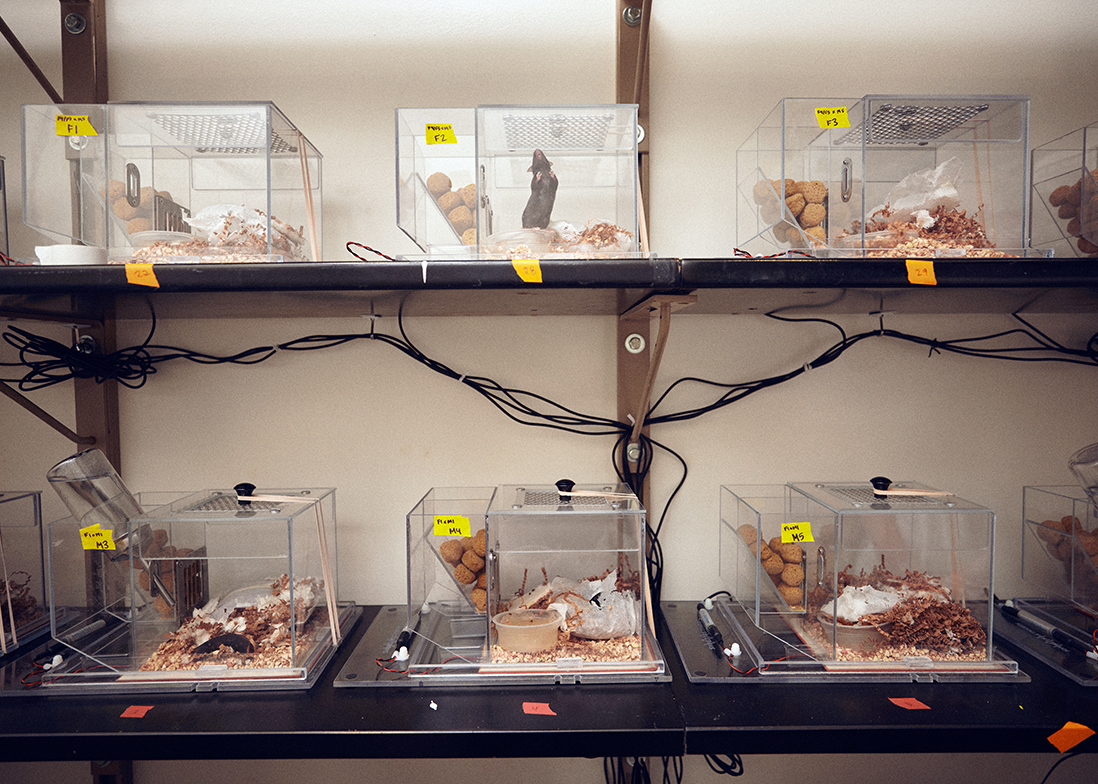
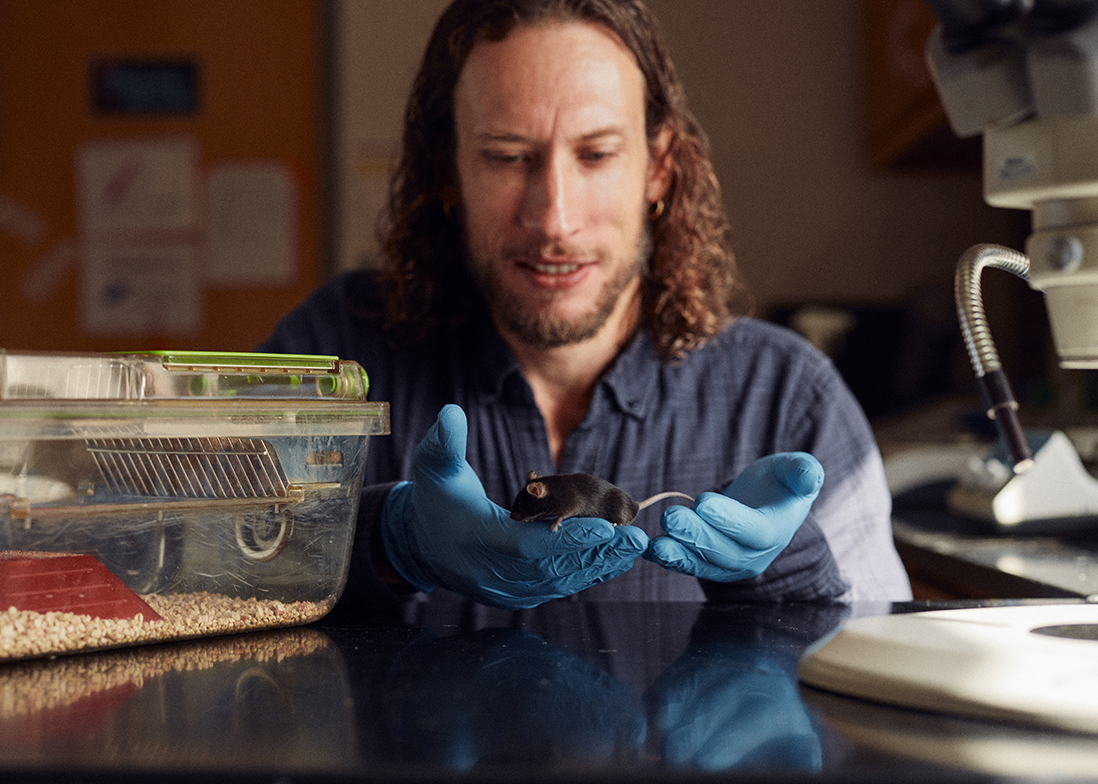
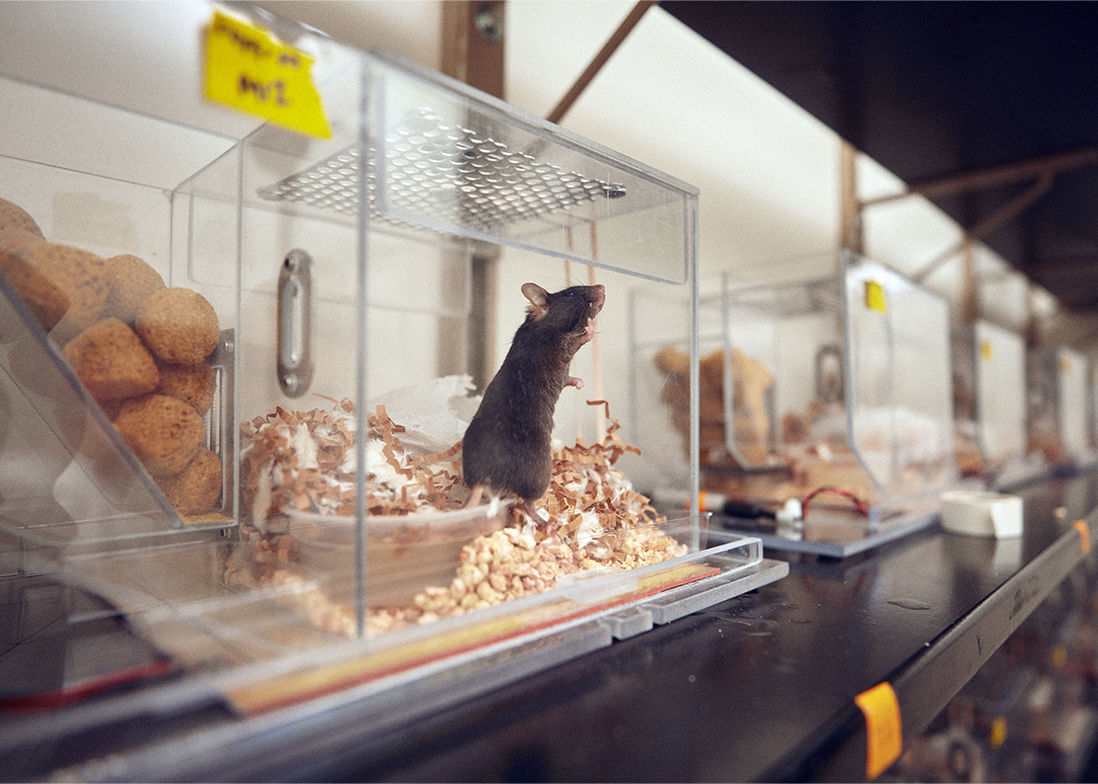
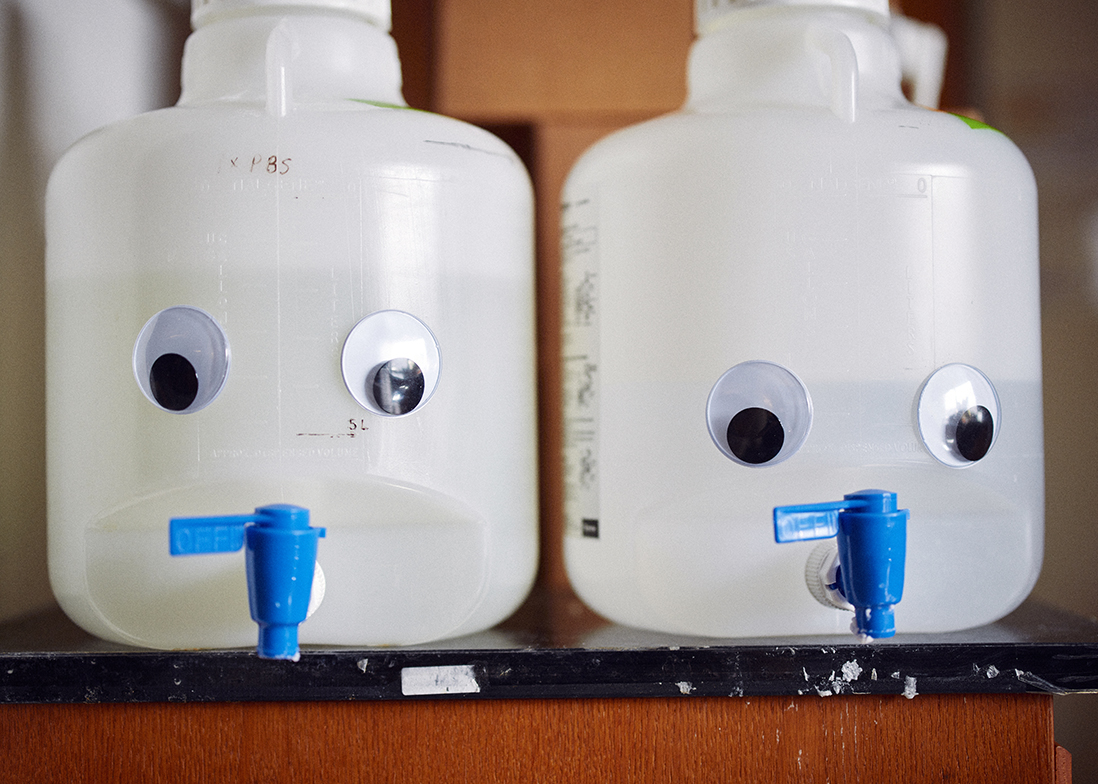
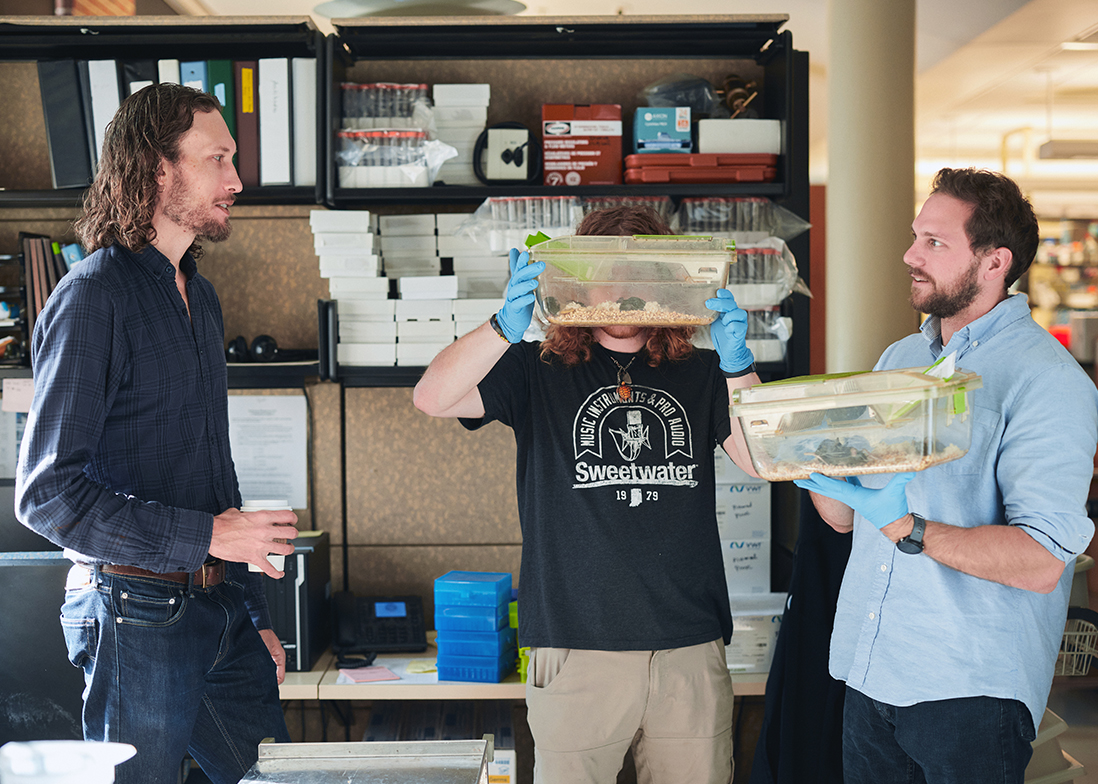
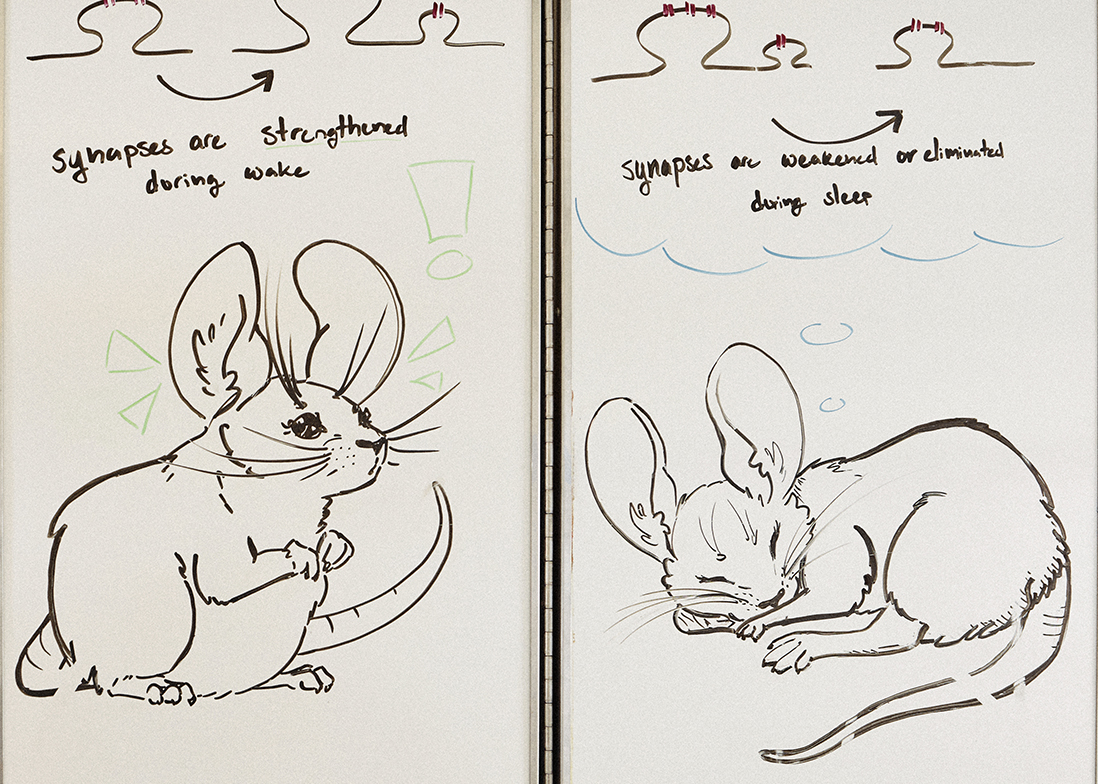
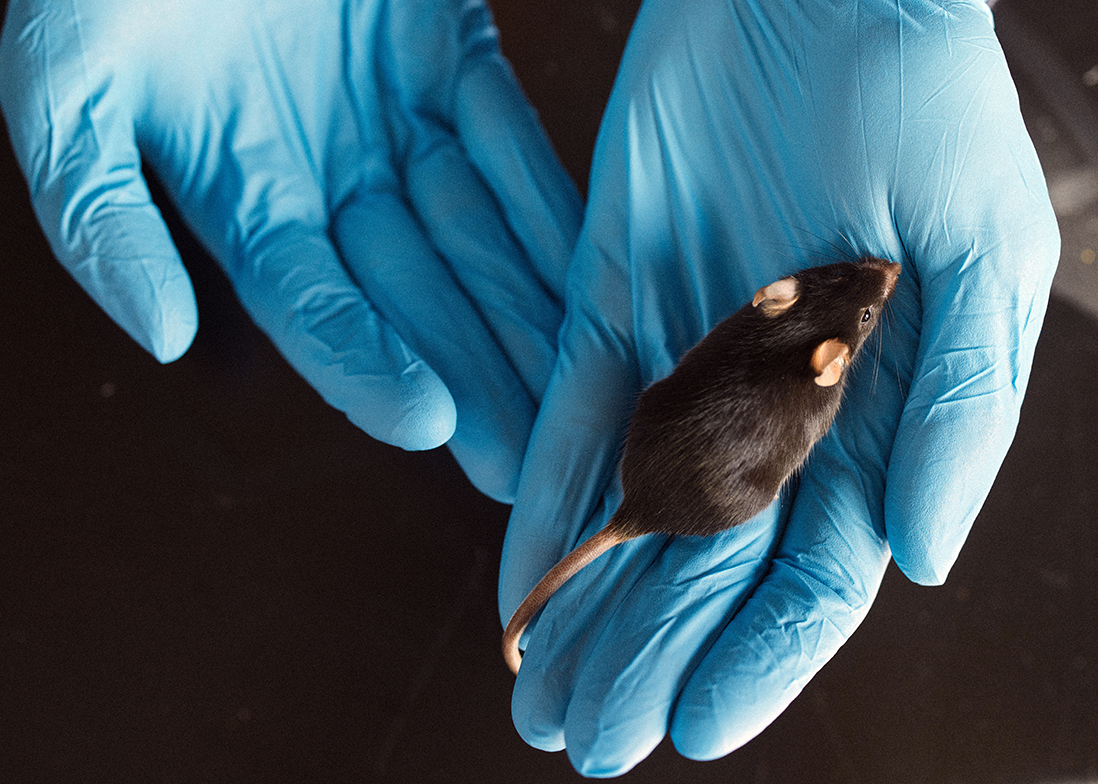
Cohen helped him think about life after graduation, too. He knew he wanted a career in science, but he didn’t know what that looked like. He had just been marching forward, head down, taking his science classes. But she was ambitious. She had worked in research labs right after high school, and during her first year at UBC she took a position in a zoology lab. Diering started reaching out to faculty about roles in their labs, and when Cohen saw a listing for a summer research job in a botany lab right down the hall from hers, she encouraged him to apply. Diering landed the position, with Anthony Glass, studying how plants take up proteins. He loved being in a lab and was fascinated by the way biomolecules function in a system.
He and Cohen found their first shared interest in science, but their friendship deepened into romance. They both stayed at UBC for their Ph.D.s. When she got a prestigious postdoctoral fellowship at the National Institutes of Health in Bethesda, Maryland, he again sought a position nearby and began working in the lab of Richard Huganir, professor of neuroscience at Johns Hopkins University in Baltimore, Maryland.
The time in Huganir’s lab brought Diering’s place in the scientific world into sharper focus. Huganir was investigating the biology of synapses and neurotransmitters. As Diering worked on a combination of his own research and Huganir’s ongoing projects, he began to use proteomics to characterize the changes that occur in receptors and their related proteins during synaptic plasticity. He watched receptors for their interaction with the excitatory neurotransmitter glutamate and gauged how synapses strengthened or weakened their connections in response to changing activity.
Huganir saw that Diering liked to collaborate, and he understood how that helped a lab’s productivity. As a mentor, his thoughts were on the postdoc’s future. He sat down with Diering to help him identify how he might one day develop his own research program, and as they combed through the literature on homeostatic plasticity, they landed on sleep.
There was a working hypothesis that homeostatic plasticity was critical for resetting brain synapses during sleep. Every night, synapses weaken and strengthen their connections to enable active learning the next day, and Diering wanted to figure out how that happens. He found others working in the same area and set up experiments to examine the synaptic proteome of mice during a wake-and-sleep period.
This work yielded a 2017 paper in Science, which showed that the synapses in the brains of sleeping mice experience synaptic scaling, a type of homeostatic plasticity in which neurons turn their inputs and outputs up and down like a volume knob. During sleep, synaptic scaling seems to help consolidate memories from throughout the day. The Science paper was built on Huganir and Diering’s work that showed postsynaptic receptor proteins are less abundant in mice during sleep, and that this process is controlled by rising levels of the protein HOMER1A, which encodes a synaptic protein that tethers glutamate receptors to the other proteins in its signaling complex.
But HOMER1A works alongside the gene SHANK3, which also encodes a synaptic protein. Diering’s co-author on the Science paper, Paul Worley, professor of neuroscience at Johns Hopkins, studied both HOMER1A and SHANK3, and he had created one of the first mouse models of SHANK3 mutation. He suggested that Diering push forward with their work and also investigate SHANK3.
Mutations in SHANK3 lead to Phelan-McDermid syndrome in people, a condition that includes intellectual disability and often autism. Diering hadn’t realized it just then, but he had found a new place to focus his energies.
In all, Diering was listed as a co-author on seven papers from Huganir’s lab by the time he left in 2017. When he thought about it, if he tracked it all back, everything had started with Cohen: listening to her, falling in love with her, following her to the United States. That, plus what was still to come: their marriage, their daughter Leah and their son Benny, their house nestled in the woods of North Carolina.
What a stroke of luck that had been, her sitting down next to him in a genetics class.
IV
The smell of corncob bedding and the faint rustlings of mice in their cages in the Mouse House at the University of North Carolina at Chapel Hill. It was 2017, and Diering and Cohen had been looking for faculty spots and interviewed for the same job at the university; when the school found out they were married, they created an additional role and hired them both. Diering, on his own now, was about to start investigating another genetic condition: Rett syndrome.
Geraldine Bliss, president and co-founder of CureSHANK, was always on the lookout for promising researchers to bring into the SHANK3 fold. She read Diering’s Science paper on HOMER1A and tracked him down. At the time, she was the research chair of the Phelan-McDermid Syndrome Foundation, another family group aimed at furthering research on the condition, but she was not optimistic that Diering would be interested. After all, he didn’t have funding to study SHANK3, and he was probably more invested in researching HOMER1A. But she made her case anyway. She told Diering about the sleep issues that children and adults with Phelan-McDermid syndrome experience — trouble falling asleep, trouble staying asleep, trouble going back to sleep after they’ve woken up — and asked him if he might consider studying the condition.
Bliss reaching out had been a well-timed coincidence; though Diering had received funding to work on a Rett syndrome mouse model, he remembered Worley encouraging him to look into SHANK3, too. Bliss had found a pair of receptive ears, and he was convinced.
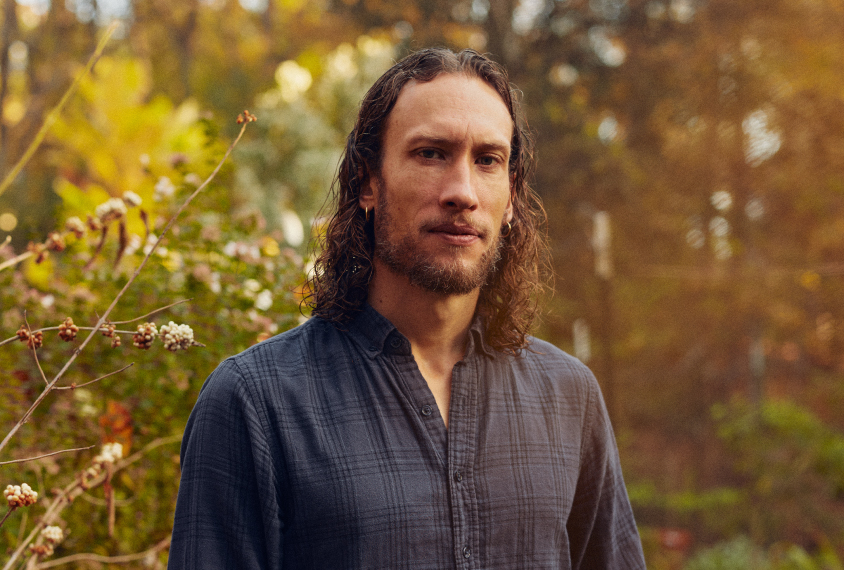
Next, he needed a mouse lab. Diering hired research specialist Julia Sparks Lord, and she took over managing what would become the Mouse House, overseeing the wall of shelves in a quiet closet off the lab’s central meeting room. Each shelf was lined with small, clear mouse enclosures, containing bedding and cotton nesting material over pressure-sensitive piezoelectric pads, responsive enough to measure not only the movement of the mice, but also their little breaths.
The setup was a callback to his childhood, to the lizard terrariums on the shelves of his bedroom. Using the pads themselves was a kind of sorcery. Even when holding a mouse in his hand, Diering couldn’t feel it breathing, but the computer readout from a sleeping mouse’s bed clearly showed ripples as tiny lungs filled and emptied. The pads could even show whether the mouse was awake or not, and they were high throughput; they could measure the activity of every single mouse at once. Using this approach, coupled with a rocking platform that gently disturbed mouse sleep, Diering, Lord and their colleagues began to study how this disruption affected mice with a SHANK3 mutation. They learned that SHANK3 mice whose sleep was disrupted early in life showed more severe phenotypes later, compared with their well-rested SHANK3 counterparts. Causing sleep disruption later in life did not have the same effects.
The paper appeared in Molecular Autism in 2022. Sleep disturbances are well documented in people with Phelan-McDermid throughout the lifespan, but this work suggested that sleep disruption during development could actually play a role in people’s traits later in life.
The paper caused a stir, not just because of its results but also because the scientific community didn’t fully buy the methodology. The usual method for recording brain changes during sleep is electroencephalography, which measures electrical activity via patches arrayed on the scalp. Scientists tend to face headwinds when they move in a different direction, and indeed sleep researchers’ skepticism around his use of piezoelectric pads plagued Diering’s submissions for grants and papers.
That was fine with him; he was more focused on the proteomics anyway. That aspect of his work attracted the attention of Lucia Peixoto, assistant professor of translational medicine and physiology at Washington State University Spokane, who also studies SHANK3 and sleep in mice. She thought the Diering Lab’s ability to measure the synaptic proteome and its changes in the face of disrupted sleep was powerful and intriguing. To help people with Phelan-McDermid syndrome, maybe measuring electrical activity in the brain to gauge the quality of their sleep wasn’t as important as observing the consequences of poor sleep. After all, a growing body of research had shown that sleep regulates protein production at the synapses, and Peixoto’s own research showed that lack of sleep specifically inhibits translation at the synapse, the step in protein production where the cell’s machinery uses RNA instructions to produce proteins. She could see that Diering’s proteomics approach was beginning to provide hard data on how this disruption played out.
All of this was gleaned from a wall of cages, the mice inside awakened and falling asleep again over the course of their night, their synapses turning up and down to store the day’s memories.
V
Diering stood in the poster hall on a sunny day in November 2022 in San Diego, California. He was attending the first in-person Society for Neuroscience meeting in three years, and he and his lab members were scheduled to present four posters.
He had presented virtually in 2020 and 2021, but in those years, just a few attendees trickled into the digital hall, and it was hard to gauge responses. Attending meetings as a grad student and postdoc, Diering knew how lively an in-person poster session could be, and he had seen firsthand the kind of crowd a big name like Huganir could draw. Today was his lab’s chance. He was scheduled to be at the SHANK3 sleep poster for just 60 minutes — other than that, he was free to wander the maze of presentations for the remaining three hours.
It did not work out that way. Diering showed up early and remained there for the full four hours, answering questions about study methods and his next steps, to face after face. It was a bit of a blur. He spent the other sessions checking in on the work of his students, proudly hovering as they, too, fielded questions.
Later, during the rest of the conference, he noted sleep and circadian rhythm research seemingly everywhere. In years past, he had seen the topics confined in their own space, but this year was different. They were blended throughout the meeting, including in autism sessions. Sleep and circadian science research was coming into the forefront, becoming mainstream. That was inspiring — perhaps outsiders to the sleep field like him would have a place for their science to be recognized after all.
When he had been at his poster session, a few senior researchers approached him, asking if he was looking for a postdoctoral fellowship. If so, they said, they might have a spot. Maybe it was the pandemic, and the years of virtual meetings, but the community still didn’t seem to know just who Diering was, that he already had his own funding, his own lab. Recruiting had been going more slowly than he would have liked, too. His young lab was not yet drawing throngs of grad student and postdoc applicants. But he had been approached by an undergraduate student asking to join his lab. Of course the pandemic had kept Diering out of sight for years, but still, that was a first, and a good sign.
M
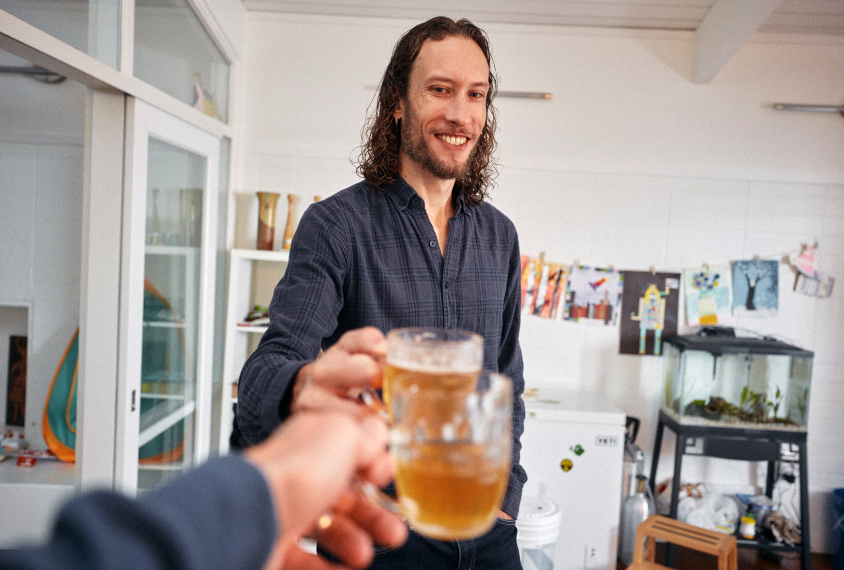
Recommended reading
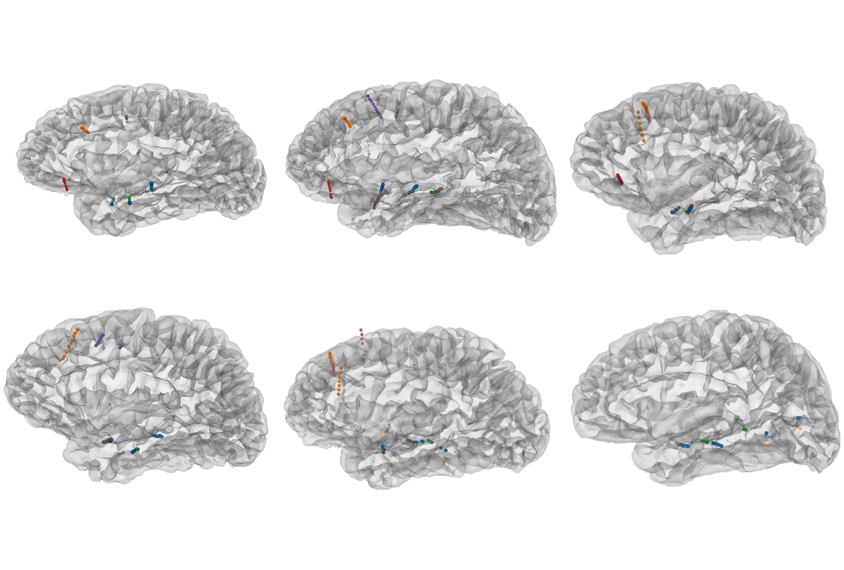
AI model helps decode brain activity underlying conversation
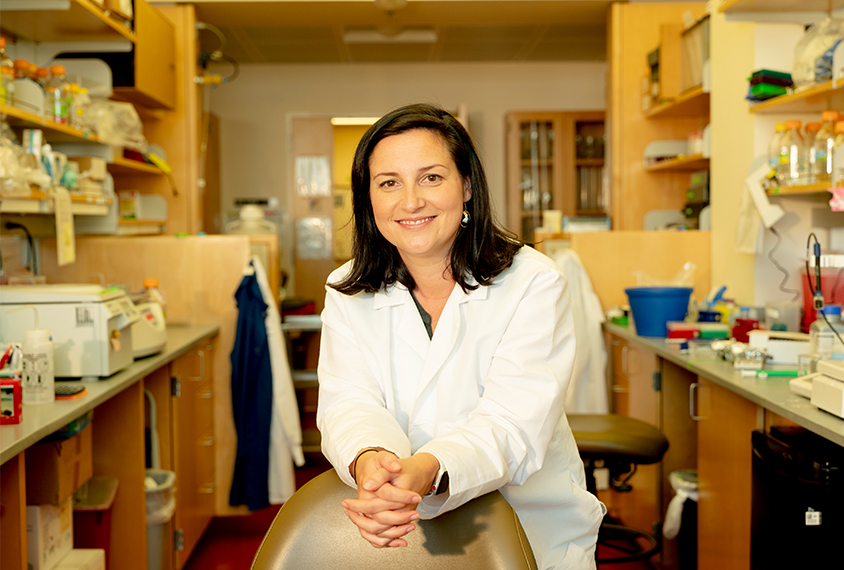
How Helen Willsey broke new ground, frogs in hand
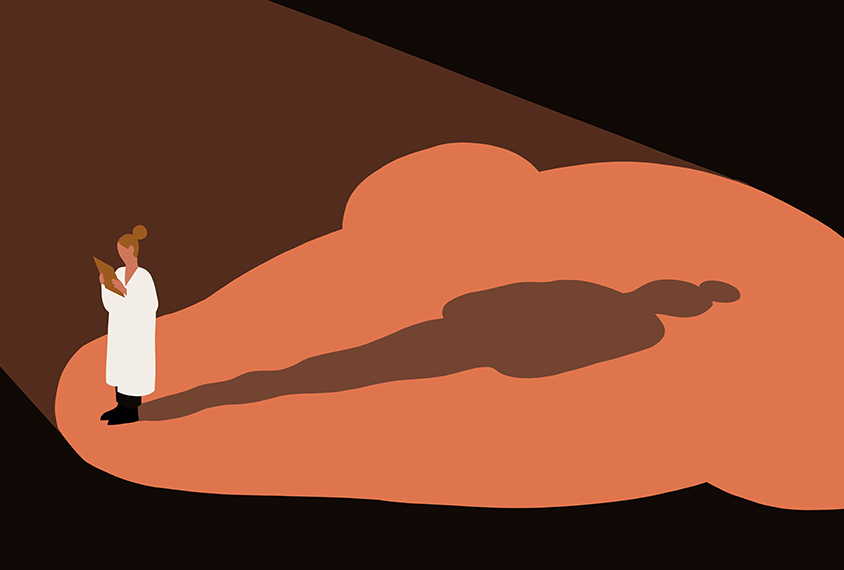
Why monkey researchers are seeking the spotlight: Q&A with Cory Miller
Explore more from The Transmitter

Neurophysiology data-sharing system faces funding cliff
